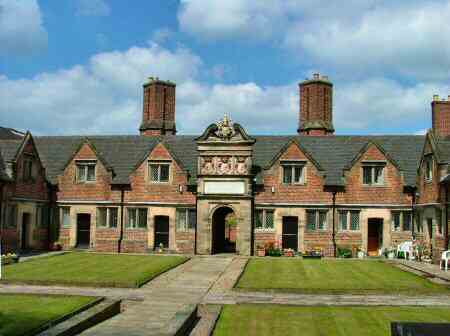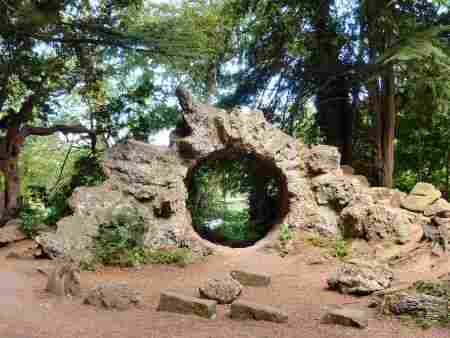A TO Z - HIGHLIGHTS OF SOUTH DERBYSHIRE PART 3

COTON-IN-THE-ELMS
Visitors to Derbyshire tend to head north to the Peak District, missing altogether Southern Derbyshire and its scattering of pretty villages. Coton-in-the-Elms must rank as one of the most attractive. It might be somewhat presumptuous to claim it has Derbyshire’s answer to Bourton-on-the-Water – but without the gift shops and cafes. What it does have is a stream flowing by the side of the main street, with well-mown grassy banks, a handsome brick bridge and wildfowl making up the picturesque scene.
All the roads approaching the village were once lined with elm trees, but Dutch elm disease struck in the mid-20th century and there are now none left. Although the elm trees have gone, the National Forest has arrived. It embraces parts of Derbyshire, Staffordshire and Leicestershire. Coton is at the heart of the forest that has been Britain’s most ambitious environmental project for over 1,000 years. It covers 200 square miles and combines new planting with existing woodland. During the first ten years over six million trees were planted and the wooded cover increased from six to sixteen per cent. Access has been improved and over 20 new tourist attractions opened.
DALBURY LEES
Dalbury Lees is a pretty village, deep in the heart of the countryside approached along a network of leafy lanes, a short distance north of Etwall. It has a pub, The Black Cow, and a large village green that is frequently used for community events. A new village hall has been erected in recent years. To the south, the village of Dalbury is smaller but has a church.
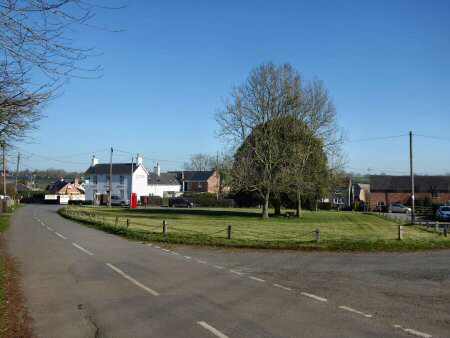
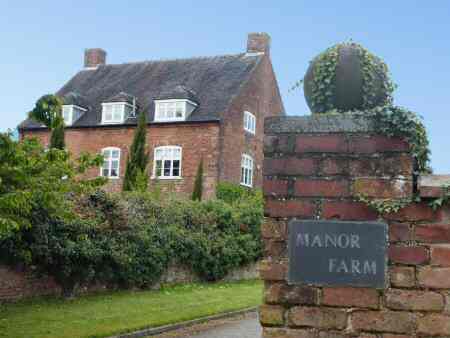
EGGINTON
Egginton is a small pretty village in the Trent Valley, between Derby and Burton-on-Trent. It has easy access to both the A38 and the A50, which makes it popular with commuters. The village has a school, a Grade I-listed church and a memorial hall. There is a Pinfold in the village, where stray animals were once kept awaiting collection. After the First World War, it housed a German machine gun given to the village as a war trophy. Egginton Hall has long since been demolished, but the lake, or fish pond as it was called, can still be seen from Fishpond Lane. Following the closure of the nearby airport at Burnaston, to accommodate the arrival of Toyota. Derby Airfield was moved to Egginton. It is only a small airport used by several light aircraft owners, as well as housing an aero club and aircraft maintenance firms.
ELVASTON
The pretty village of Elvaston, dominated by its castle and gardens, together with Thulston and Ambaston make up the parish of Elvaston. Despite its proximity to the southern fringes of Derby, the area remains rural with several working farms in the neighbourhood. Thulston the largest of the three, has the only pub, Elvaston has the church, the village hall and the castle and grounds. Ambaston is tucked away close to the River Trent. The Country Park has over 200 acres of woodland, parkland and formal gardens and is the home of the Elvaston Local Nature Reserve. The land to the north of the park is used to stage events including the County Show and Elvaston Steam Rally. Close to the castle is St Bartholomew’s Church with its fine perpendicular west tower. Only a short distance from the church is Elvaston Cricket Club’s impressive tree-lined ground and its new pavilion. The club played at Lords for the first time in 1994, when they won the National Village Cup. They have made rapid strides in recent years and are now one of the leading teams in the county. There are several interesting buildings in the village, including the Village Hall, which was built in 1852, and previously used as a Church of England School. The Clockhouse, a three-storeyed building built as a ‘Refuge for the aged Poor’ is now a retirement home. The former vicarage, Thurlaston Grange, is an attractive listed building dating from the Georgian period.
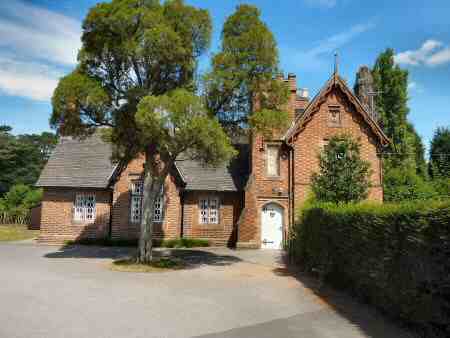

ELVASTON CASTLE
The present-day gothic-style castle was designed in the early 19th century by the architect James Wyatt, for the 3rd Earl of Harrington. The Earl also wanted ‘Capability’ Brown to landscape his 200-acre estate. But Brown declined and said, ‘The place is so flat and there is such a want of capability in it.’ Following the death of the 3rd Earl, his son gave the task to William Barron, a 25-year-old Scot who had trained at the Botanical Gardens in Edinburgh and was looking to establish a reputation as a landscape gardener. The first problem Barron had to deal with was the waterlogged ground, which he solved by having drainage ditches. But, it was only after five years that the soil was finally ready for planting. By this time the Earl was becoming impatient to see results and Barron planted fully grown trees, keeping them alive and healthy by transporting them vertically with their branches outstretched and their rootballs intact. To the north of the castle, Barron created an ornamental lake with islands and rockwork. On the southern side, he developed half a dozen formal gardens.
To compensate for the lack of an interesting view, he enclosed the gardens with high hedges to create a view within the gardens themselves. In contrast, he designed two striking open avenues. On the lime avenue leading from London Road, the elaborate blue and gold, cast-iron gates were acquired by the Earl as a ‘spoil of war’ having reputedly been taken from the Royal Palace at Madrid to Versailles and then to Elvaston. In 1970, it was opened to the public as the first country park in England.
ETWALL
Etwall is situated to the southwest of Derby and has grown enormously since the end of the Second World War, but still retains an attractive village centre. St Helen’s Church and the Sir John Port Almshouses set on the slightly rising ground are particularly appealing. The fine wrought-iron gates by Robert Bakewell, that hang outside the almshouses, restored in the 1980s, add an extra touch of quality.
In 1952, the Derbyshire County Council bought Etwall Hall from Reg Parnell, the famous racing car driver, who bred pigs and kept a pedigree dairy herd at Findern. The hall had been used during the Second World War by the Army, first as a petrol depot and later as an equipment supply centre and been left in a somewhat dilapidated state. A secondary modern and a secondary grammar school were built on the site. In 1959, they were amalgamated to form the John Port School.
The name of the Port family, who once lived at the hall, has been associated with Etwall since the 15th century. The family’s most famous son, Sir John Port, was the founder of Repton School and the Etwall Almshouses. It, therefore, seems entirely appropriate that the new school was named after him. The school now has in the region of 2,000 students with plans to expand. It has been converted into an academy and is known as the John Port Spencer Academy.
